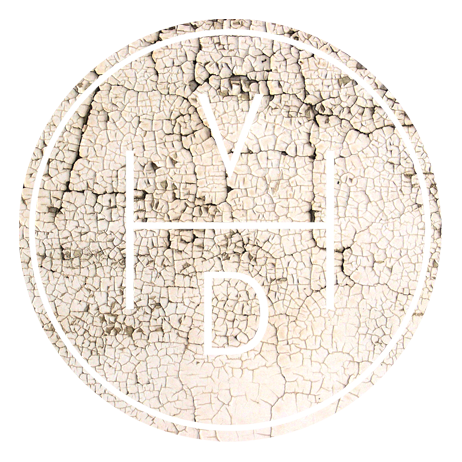Nessmuk
Nessmuck was the pen name of George W. Sears, born in Massachusetts in 1821 he became recognised as a contributor to "Forest and Stream" magazine where he helped popularize canoeing, canoe camping and the use of ultralight single person canoes. Not a large man he kept his kit to the bare minimum advising his reader to "Go light; the lighter the better, so that you have the simplest material for health, comfort and enjoyment.” He was also one of America's first conservationists, he actively protested against the Pennsylvania's lumber companies for their destruction of the pine forests.
In 1881 Sears authored the indispensable "Woodcraft and Camping" and it is in here that we find about his respect for tea.
“Often, when too utterly tiered and beaten for further travel, I have often tried coffee, whisky or brandy, and a long experience convinces me that there is nothing so restful and refreshing as green tea. To make it as it should be made, bring the water to a high boil, and let it continue to boil for a further minute. Set it off the fire and it will cease boiling; put in a handful of tea, and it will simmer for a few minutes, when it will be ready for use. Buy the best green tea you can find, and use it freely on a hard tramp. Black, or Oolong tea, is excellent in camp. It should be put in the pot with cold water and brought to the boiling point.”
There are some great sites about Sears and "Woodcraft and Camping" is still in print and available on amazon. You can find masses of information about his life here including transcripts of his "Forest and Stream" letters and also an excellent more detailed biography here.












